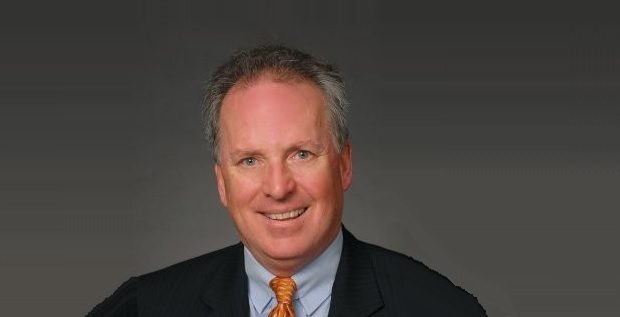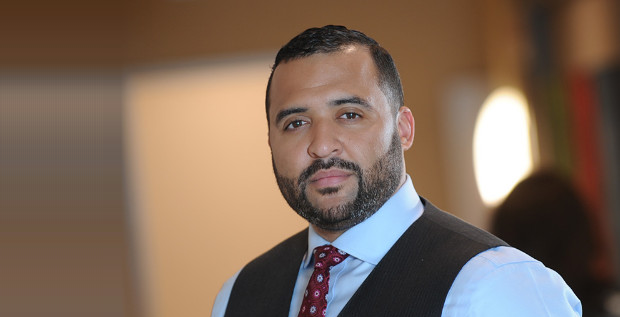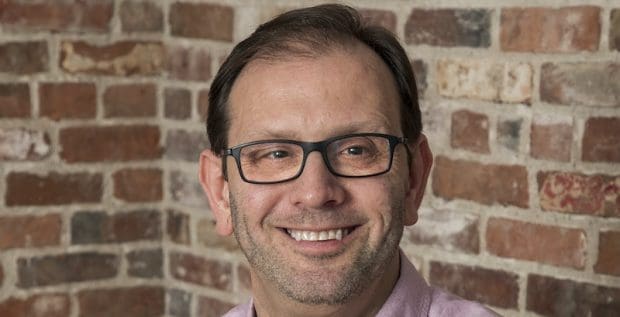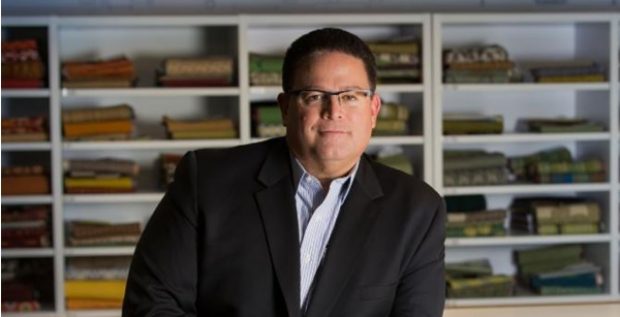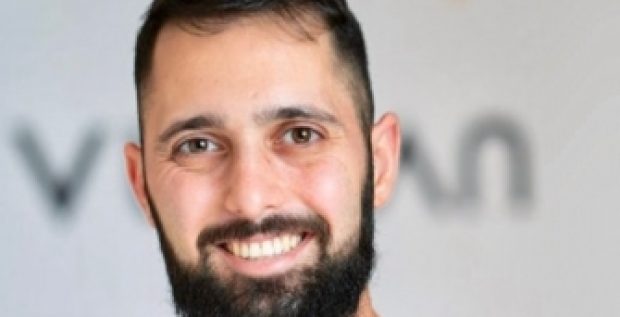Joshua Gross is the president of Mill Creek Capital Advisors, an independent investment advisory firm with offices in Philadelphia, New York, Pittsburgh, and Naples, Florida. Since its founding in 2006, Mill Creek has developed investment policies for and managed the assets of a diverse portfolio of clients, including families, companies, endowments, and others. Josh has earned industry recognitions such as inclusion in Barron’s Magazine Top 1200 Financial Advisor ranking and the magazine’s list of America’s Top 100 Independent Financial Advisors.
Josh Gross spoke to Lori Reiner, Partner-in-Charge of EisnerAmper in Philadelphia, for this interview.
LORI REINER: Before we start talking about Mill Creek Capital Advisors, paint a picture for me about your background. What were you doing before you started Mill Creek?
JOSHUA GROSS: I graduated from Rutgers as an undergraduate. While I was in college, I started buying student rental properties. And then I went to Penn State, which had a fantastic real estate and finance program for an MBA. I came out of Penn State and worked for a firm that was based in Wayne and Conshohocken, had some great mentors in the process, and then started Mill Creek Capital Advisors in 2006 with Rich Stevens.
Q. At 35, you made the decision to start Mill Creek. What was the motivating factor?
A. I had three very good mentors and they were all entrepreneurs. They were all philanthropists. They all were deeply dedicated to family and community. Rich and I made the decision, as there was a change in ownership in our last firm, that it was time to do something better for our clients and for the employees, which in turn would be better for the new firm named Mill Creek—which was not terribly creative; Mill Creek ran along Rich Stevens’ property in Gladwyne—that’s how we named it.
Q. Talk about like the original vision. This concept of an outsourced investment officer—can you talk a little bit about that and tell us about how that has grown over the years?
A. The outsourced chief investment officer role was started about 25–30 years ago. There were several firms that—we’ll call it—“invented the wheel” at roughly the same time. The basic notion was that if you have multi-billion dollars, and you can do anything, that you would engage in in-house chief investment officer—full staff, it’s probably about a dozen people—and they would work solely for you, and you have enough buying power in order to be able to do anything that you need in the industry. The challenge is that that takes, today, probably about a $1.5-2 billion to really do that well and be able to justify the cost of probably $10–15 million a year for this full, pure investment department. Our clients are not multi-billion dollars. Our clients range anywhere from $10 million to $1 billion in size. We put them together as a buyers’ co-op—we now are $5.5 billion dollars—and we go out to the street and we compress the pricing, passing everything directly along to our clients. The older models of OCIO often had some less advantageous tax—interposing partnerships or mutual funds—and all of our clients own their assets directly, so they’re free and unencumbered. If they want to do charitable donations, if they actually want to depart—the more freedom a client has, the closer you are to that OCIO model. That’s what we are here to.
Q. Provide us an overview about the company assets under management, employees today.
A. Today, Mill Creek is about $5.5 billion dollars in assets. We’re growing roughly 20 percent a year. Our primary office is Conshohocken. This is one of the reasons we named it Mill Creek, because Conshohocken was tough enough. We did not want to say Schuylkill Capital or Welsh and Leni Lenape mix. We have the primary office in Conshohocken, then we also have an office in New York—in Manhattan, we have an office in Pittsburgh, and we have an office in Naples, Florida. And how we grow is when we have a base of clients, we will put someone on the ground to become a part of the fabric of that local community and the core investment thinking—with the exception of Claire, who’s in Pittsburgh—the core of the investment team is in Conshohocken. Our clients are equally split between families, who compose about half of our assets, and then endowments and defined benefit pensions are the other half. We have three types of clients: endowments, defined benefit pensions, and families. And they range typically from about $10 million to about $750 million in assets with us.
Connect with Joshua on LinkedIn




